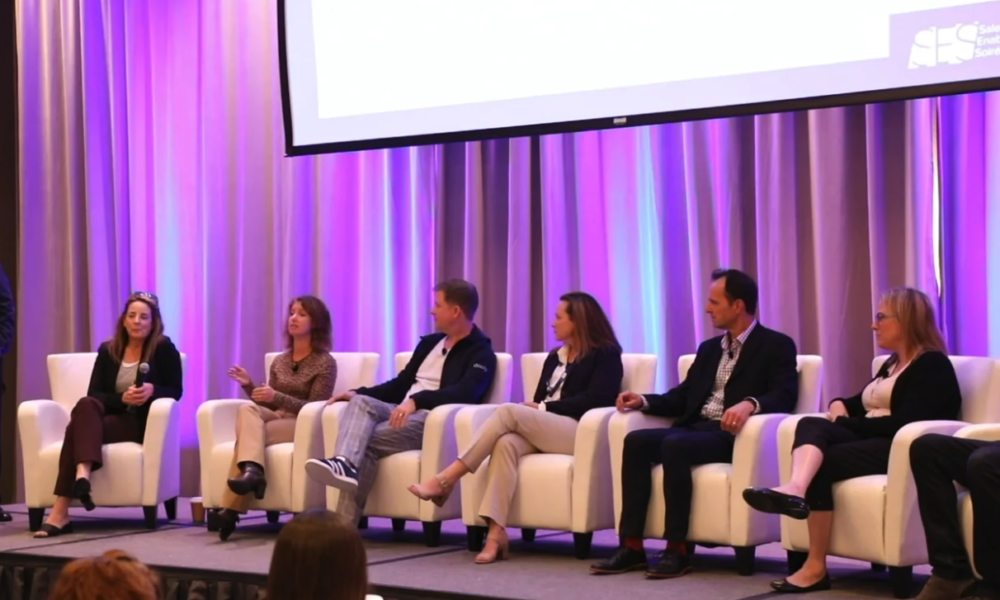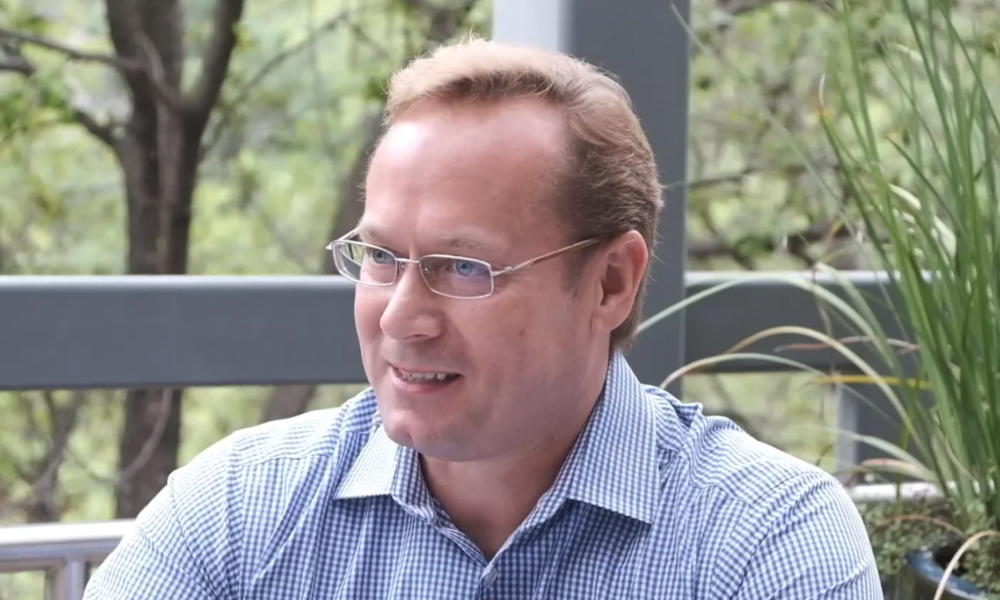Video: Mike Minchew on Driving Organizational Impact and Metrics that Prove Value
1.8K View | 9 Min Read
Mike Minchew: Hi, I’m Mike Minchew. I’m currently head of global sales and marketing enablement at DXC Technology.
Question 1: What have been your top two most impactful sales enablement initiatives to date and why?
MM: Most impactful. I think the original process that we went through to simply say we are now going to put a focus on this, and we went out and formed that and we made all the contacts across all the senior leaders in the company and we formed our advisory board. And then what that led to or what that enabled was a process that was a bit grueling at our scale. I mean, with a portfolio of around 400 offerings, trying to step back away from that and take a look at everything that’s on the table and go, “we need a consistent message, standardized, governance driven, repeatable, scalable, process.” The process that we went through to create that first rev one, this is an interesting part of it for me.
We defined five assets that were going to be common to the extent possible across all 400 offerings in the portfolio and we went through a very, I wouldn’t call it adversarial but it’s almost like if you’ve ever done an orals review for a very large deal, it’s the same kind of process. We had sales leader, portfolio, product, other leaders and the first rev of the content they just tore it apart saying, “here’s what it needs to be, here are the client questions you’ve got to answer at this phase in the process.” This went on for about four months to get those structure templates, if you would. Templates are not colors and fonts, templates are understanding what is the knowledge that you’re trying to move to the salesperson to then deliver the client, to get those nailed down.
But in the process of going through that, it forced everybody to become really sensitive and really educated and really start to understand that you want to keep this as small and tight and simple as possible so you don’t overwhelm sales. It’s important that you define it and then you have to have an ongoing refreshed governance because the questions people are asking about cloud five years ago are not the same questions today. So, you’ve got to have a mechanism to monitor.
That the first foundational piece really changed the attitude in the company and got people on board, so that was one. Then we’ve gone through putting sales asset management and other processes, learning and marrying this into onboarding. And then you kind of leapfrog now. I think that now that we’re embedding and looking at the capabilities with artificial intelligence and moving from, “Okay, we’ve cleaned up the model and we have the right content that sales likes and all the pieces, but we don’t want to be the Library of Congress that people have to come and get it from.”
The next piece is how do you flip this? And now the excitement is building around a push model and putting this right in front of them and in Salesforce, right on the Opportunity tab. So, we have the right corporate messaging in an area, the assets for this sales cycle in this field, in this industry, at this stage, and then giving them all the analytics and tools to monitor and use that to engage the client. Moving it from what had been a huge massive clean up, getting that fixed, and then now flipping the switch to being more proactive with it, these are the two pieces that I think if you asked somebody if they are having a big impact in changing the nature of the way we go to market now.
Question 2: What are some core KPIs or metrics that enablement should be reporting back into their organization to prove business impact?
MM: With all the tools and capabilities that we now have, even though I come from an analytics background and a finance background as well, I’m really cautious that the conversations that we have around this are, “don’t measure something, don’t invest in the measurement and the exploration of it if you’re not going to use it to make a business decision.” So, I don’t know that it’s the same for every business. It’s going to depend on if you’re in product at small scale, product at large scale, or services, they’re going to be a little different. What we tend to focus on is understanding, where are we at with that continuous cycle I described about all the assets and content references? How is sales reviewing those, what kind of feedback?
We do an annual survey of about 500 salespeople because there are things that the systems will not always generate. I always advise people to be cautious to look at all of the system generated analytics about what’s being consumed and how and rated, and which pieces are being used at which cycle and are actually moving the process forward and accelerating the funnel and getting to that next client meeting. Those are all very important things to do. But also do it, if you’re like us and you have a complex portfolio, where we have some more packaged offerings and we have some things that are only applicable in $1 billion and up deals. Because that content or because those pieces are not being used as frequently, don’t fall into that trap looking at utilization or uptick with sales and making all your decisions on that.
That’s why sales enablement has to fully understand the business that they’re in. And once they do, then they can put context to those analytics. So, I hate to even say which ones to focus on. But yes, nowadays you should have no shortage, it’s really going to be about picking the ones out that are meaningful to those senior stakeholders that they want to know about their piece and marrying that into a story that also is grounded in good business sense. And then keep that set as small as possible, because you can get into the same overload in analytics and metrics as with anything else, and spend a lot of time. I don’t believe in dog and pony shows. If you’re not going to use it make a business decision then maybe push it to the side until there’s a need for that level of detail.
Question 3: Do you think enablement is responsible for revenue?
MM: Well, enablement, to the extent of the people I’ve talked to, doesn’t carry quota. It’s a really interesting line between responsibility. My instinct is to say everybody in the company, including delivery, including the guy who’s pushing the broom, is responsible. I mean, you’ve got one purpose as a company. There are concentric circles of purposes, but it’s core. You will not be in business next year if you do not generate sufficient revenue.
So, I think coming at it from the understanding, and even if possible, having a sales enablement function tied into the sales comp overall plan, is probably the right way to approach it. You should sink or swim as a team. What you do not want is people going off on their own in all of the different, disparate pieces that make up sales enablement across the company. You do not want people going off and trying to become successful or famous on their own. You’ve got to create a culture where we’re going to do this together and drive that collaboration because that’s, in many places, operating at scale.
Carving out the unnecessary activities and assets and other things that are being done is what can free up the investment dollars to make the investments in a sophisticated SAM or in the other LMS that you may need as you build this program. If done right, in a lot of places you can actually cover the entire cost. So, this is part of that. Yes, it’s cost and revenue but being very conscious that every dollar has got to provide a benefit.














